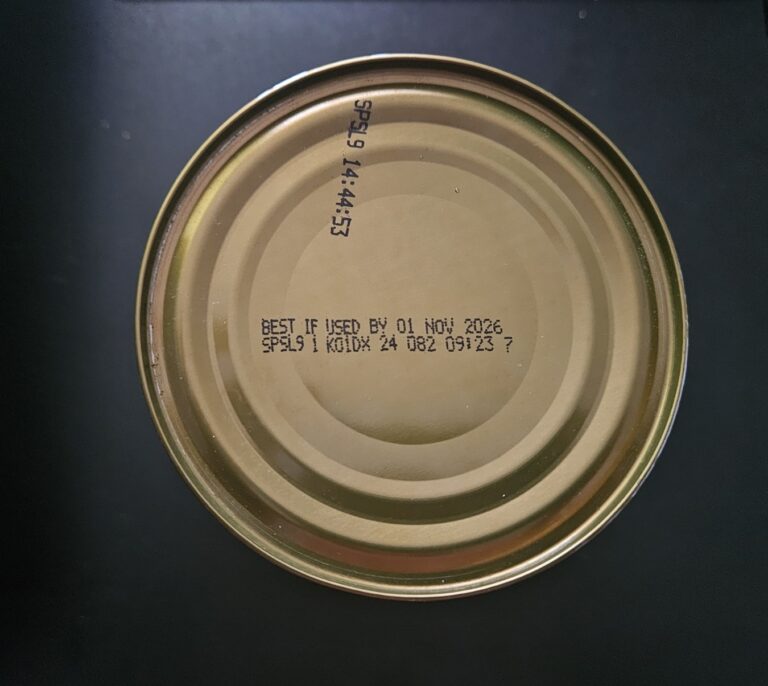Whether or not the U.S. eventually ends up with a single federal food agency, the two primary agencies have established a united front to rectify consumer confusion around date labeling. An early December release announced a joint initiative between the FDA and USDA which is intended to inform future policy decisions, guidance, and/or consumer education on food date labeling.
The terms currently used by the industry to indicate expiration dates on food – such as “Sell by,” “Use by” and “Best by” – have long been confusing as to whether they are intended to denote food safety or quality; as well as whether they actually have scientific basis or are a manufacturer’s “best guess.” Date labeling is currently not required by regulation, except on infant formula which must have a “Use by” date.
FDA and USDA currently recommend that the food industry voluntarily use “Best if used by” to denote the date after which quality may decline but the product may still be consumed, but federal regulations do not ban the use of the other phrases. However, a 2023 Purdue study showed most consumers associate “Best if used by” (along with “Use by”) date labels with food safety rather than food quality. It is just that confusion that accounted for an estimated 20% of food waste in the home in 2019.
It is interesting to note that this isn’t the first time that an agency or association tried to rein in and standardize date labeling. In 2017, USDA FSIS attempted to reduce consumer confusion and wasted food, by recommending that producers use “Best if used by,” as it “conveys to consumers that the product will be of best quality if used by the calendar date shown.” The Food Marking Institute (FMI) and the Grocery Manufacturers Association (GMA) then launched a joint initiative recommending that the industry use “Use by” to indicate safety, that is, for “products that are highly perishable and/or have a food safety concern over time.” The “Use by” phrase would indicate that the food should be consumed by the date listed on the package and disposed of after that date.
The US is also not the only country with consumer confusion over date labeling. EU Regulation No 1169/2011 has been in place since 2011 requiring the use of “Use by” to denote the date after which a perishable food would be unsafe to eat, and “Best before” to indicate the date at which quality may begin to erode. However, a 2018 Commission Study found that less than 50% of those surveyed understood what the date markings meant; and a 2024 EU Court of Auditors Report reiterated that confusion remains.
In the US alone, studies have estimated that the average family of four spends at least $1,500 each year on food that ends up uneaten and that 66 million tons of wasted food was generated in 2019 in the food retail, food service, and residential sectors, about 60% of which was sent to landfills. And confusion over labeled date meaning is considered to be a top cause.
So, FDA and USDA are trying again. But instead of immediately proposing a rule, the FDA/USDA initiative is beginning with a joint Request for Information (RFI) to gather data on current industry practices and preferences, consumer perception research results, and any impact date labeling may have on food waste and grocery costs. Intended to help clarify, and potentially standardize, date labeling to reduce the discarding of food that is wholesome and safe to eat, the RFI includes questions on topics such as:
- Date labels usage – which products contain the labels and how the phrasing and date is determined.
- Consumer interpretation – if consumers are confused by the labels, if they interpret the dates to mean safety or quality, and if the date impacts their decisions to buy and/or discard a product.
- The relationship, if any, between date labels, food waste, and household expenses.
We can hope this initiative, which is part of the agencies’ response to the National Strategy for Reducing Food Loss and Waste and Recycling Organics published by FDA, USDA and EPA in June 2024, continues to move forward and results in some clarity and standardization of date labeling that has plagued the industry and consumers for years. But with the entire US government, including the FDA and USDA, currently sitting on the edge of a regulatory cliff with a rather tenuously swaying bridge crossing into foggy 2025, we can’t be sure which initiatives will continue, and which will be left to lie.
TAG’s take on this is that much is already known about why consumers react to labels in the way they do. Setting up a study to “gather more data” is a classic government maneuver to pass the buck and waste time. Why not simply put out a proposed regulation and let consumers and industry react to it, if the determination has already been made to manage this confusion and consumer behavior through regulations – which is not necessarily the best strategy anyway.
In upcoming Insights articles (and TAG Talks), I will be further discussing issues in the food industry that have brought us to the edge of that cliff and my thoughts on where that swaying bridge might take us. Although I’m not sure that even my zoom lens can see that far in the current complexity, I’ll do my best and we’ll see where we land!
All written content in TAG articles, newsletters, and webpages is developed and written by TAG experts, not AI. We focus on the realities and the science to bring you the most current, exacting information possible.





